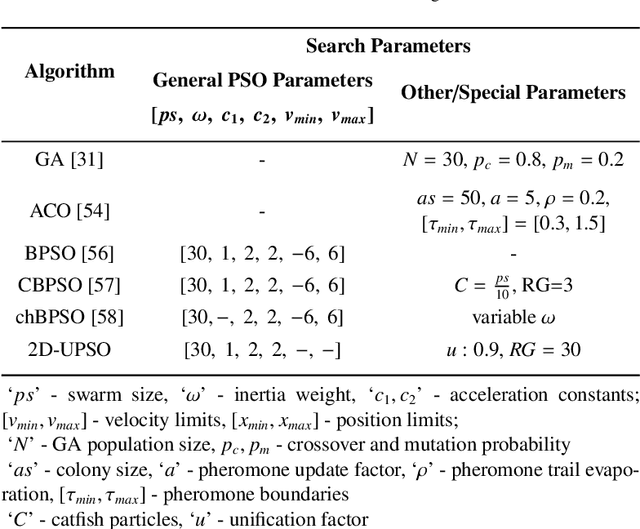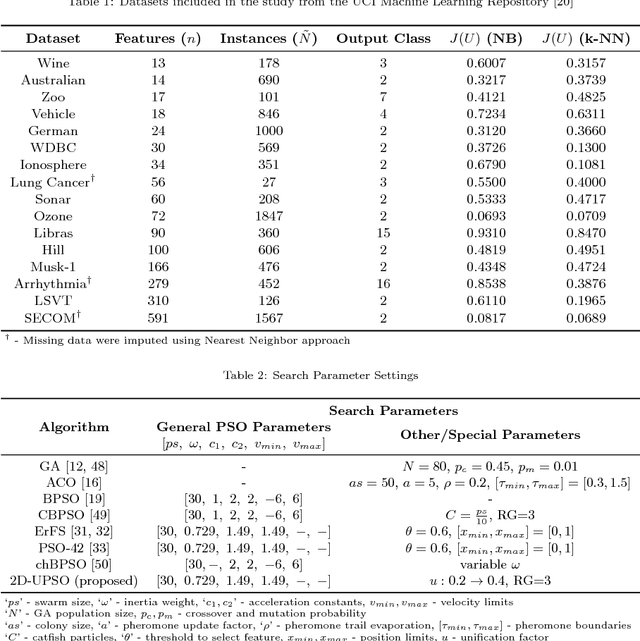Nitish Patel
Efficient Non-linear Calculators
Sep 26, 2021



Abstract:A novel algorithm for producing smooth nonlinearities on digital hardware is presented. The non-linearities are inherently quadratic and have both symmetrical and asymmetrical variants. The integer (and fixed point) implementation is highly amenable for use with digital gates on an ASIC or FPGA. The implementations are multiplier-less. Scaling of the non-linear output, as required in an LSTM cell, is integrated into the implementation. This too does not require a multiplier. The non-linearities are useful as activation functions in a variety of ANN architectures. The floating point mappings have been compared with other non-linearities and have been benchmarked. Results show that these functions should be considered in the ANN design phase. The hardware resource usage of the implementations have been thoroughly investigated. Our results make a strong case for implementions in edge applications. This document summarizes the findings and serves to give a quick overview of the outcomes of our research\footnote{The authors peer-reviewed manuscripts (available at https://doi.org/10.1016/j.neucom.2021.02.030) offer more detail and may be better suited for a thorough consideration}.
Efficient Feature Selection of Power Quality Events using Two Dimensional (2D) Particle Swarms
Apr 15, 2019



Abstract:A novel two-dimensional (2D) learning framework has been proposed to address the feature selection problem in Power Quality (PQ) events. Unlike the existing feature selection approaches, the proposed 2D learning explicitly incorporates the information about the subset cardinality (i.e., the number of features) as an additional learning dimension to effectively guide the search process. The efficacy of this approach has been demonstrated considering fourteen distinct classes of PQ events which conform to the IEEE Standard 1159. The search performance of the 2D learning approach has been compared to the other six well-known feature selection wrappers by considering two induction algorithms: Naive Bayes (NB) and k-Nearest Neighbors (k-NN). Further, the robustness of the selected/reduced feature subsets has been investigated considering seven different levels of noise. The results of this investigation convincingly demonstrate that the proposed 2D learning can identify significantly better and robust feature subsets for PQ events.
A Two-Dimensional (2-D) Learning Framework for Particle Swarm based Feature Selection
Aug 03, 2018



Abstract:This paper proposes a new generalized two dimensional learning approach for particle swarm based feature selection. The core idea of the proposed approach is to include the information about the subset cardinality into the learning framework by extending the dimension of the velocity. The 2D-learning framework retains all the key features of the original PSO, despite the extra learning dimension. Most of the popular variants of PSO can easily be adapted into this 2D learning framework for feature selection problems. The efficacy of the proposed learning approach has been evaluated considering several benchmark data and two induction algorithms: Naive-Bayes and k-Nearest Neighbor. The results of the comparative investigation including the time-complexity analysis with GA, ACO and five other PSO variants illustrate that the proposed 2D learning approach gives feature subset with relatively smaller cardinality and better classification performance with shorter run times.
 Add to Chrome
Add to Chrome Add to Firefox
Add to Firefox Add to Edge
Add to Edge